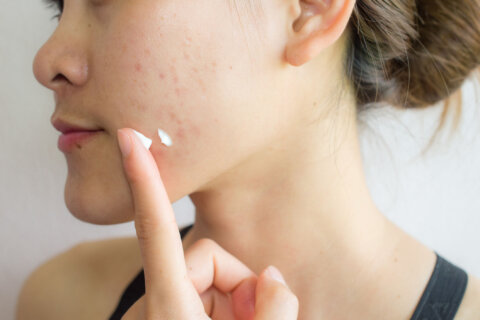Iron deficiency is a relatively common problem, but a new study suggests it may be particularly common for girls and young women in the United States.
New research from the University of Michigan Medical School in Ann Arbor, published last week in the Journal of the American Medical Association, looked at the iron levels of about 3,500 females aged 12 to 21, who were part of the National Health and Nutrition Examination Survey.
The survey was carried out by the Centers for Disease Control and Prevention to monitor the health status of adults and children across the country through interviews and physical exams.
Researchers discovered that nearly 40% of participants in that group were deficient in iron, according to the study.
The problem is detected through a simple blood test, but it can be overlooked as doctors often test only for anemia, a group of conditions impacting red blood cells or their ability to carry oxygen throughout the body.
Iron is a critical mineral that helps red blood cells carry oxygen through the body and supports a person’s ability to learn.
“Children who do not receive enough iron either from iron-rich foods or supplements are at greater risk for developing anemia,” according to the CDC.
Some of the symptoms of having an iron deficiency include brain fog, fatigue, lightheadedness and shortness of breath. According to the study, menstrual bleeding is a risk factor as well. Many young women may also go without adequate iron with some dietary restrictions.
Foods listed by the CDC as having a good amount of iron include red meat, seafood, poultry, eggs, beans and dark green leafy vegetables. Iron supplements can also be taken as pill, a liquid or even through an intravenous infusion.








